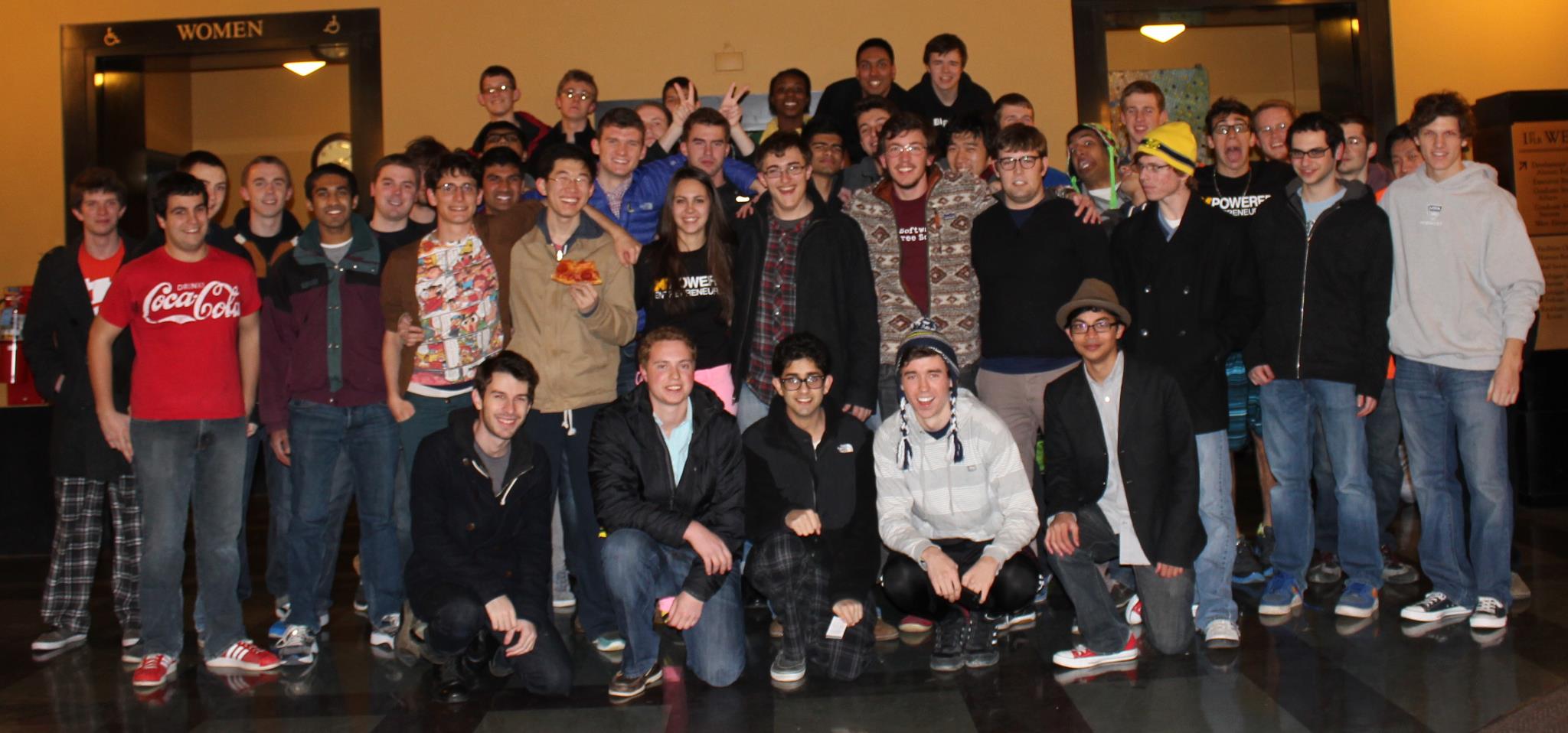When Natasja Nielsen first arrived at the University of Michigan, starting a business was the furthest thing from her mind, let alone starting a business that handles end-to-end security compliance, helps businesses complete audits, and continuously monitors their security. But, that’s exactly what U-M alum Natasja Nielsen and her co-founder Shrav Mehta have done with Secureframe.

The company announced recently that it had raised a Series A funding round of $18 million, led by Kleiner Perkins and with participation from Gradient Ventures and Base10 Partners.
So, clearly she knew that writing code and building software platforms were her ultimate goal and what brought her to the University of Michigan, right?
“I actually started in Chemical Engineering, with a focus in renewable energy,” said Natasja about her time at U-M. “After taking the intro to computer science class that’s mandatory for all freshmen engineers, I ended up becoming obsessed with the fact that with software, you could build a product from anywhere, with anyone, with just a laptop and an internet connection.”
“I started working on small side projects and going to hackathons with a couple of fellow students (now lifelong friends) who had been coding from a young age, and after much prodding and support from them, ended up making the switch to Computer Science Engineering.”
After that, she fell into the entrepreneurial world on campus, joining MPowered, a student organization whose mission is spreading entrepreneurship on campus, and Michigan Hackers, another student organization focused on building a community where passionate students can build and grow their technical skills.
Natasja ran MPowered’s Startup Career Fair, and sponsorship and operations for MHacks, the largest student-run hackathon, for a couple of years. Outside of MPowered, she cofounded Shift | Creator Space, an independent alumni-sponsored live-in coworking space for builders on campus, running events with Ann Arbor startups like Duo.
After graduation, Natasja joined Amazon as a software engineer.
“During college, I interned and contracted with a handful of startups, as well as Amazon, and one of the main drivers for my return to Amazon post-graduation was to learn from their world-renowned customer obsession and culture of transparent and direct communication.”

“Because of the intense focus on the customer above all else, Amazon is a place where people are not afraid to be direct with feedback and are generally low ego. It can be uncomfortably direct for some, but I found it incredibly refreshing as a woman in tech to be in an environment where all ideas are challenged equally regardless of the identity or status of the person who proposed them.”
Natasja noted that Silicon Valley has changed immensely in the last five years when it comes to diversity and the way that we talk about it. “Coming into the workforce, people were always shocked to learn that I was an engineer. The number of times I was asked what life as a designer is like while at a technical conference, or if I ‘could handle locker room talk’ when interviewing with startups, is too high to count, but are also things that I never hear anymore.”

“There is still a lot of work to be done, especially when it comes to internal promotion in both small and large companies, and representation and funding in VC, but I’m excited about the progress that has been made and the shift from top-of-funnel conversations to conversations about creating lasting cultural changes.” At Secureframe, when it comes to gender diversity, the leadership team is 50% female-identifying and 40% for the company overall.
“Our investors are incredibly supportive on that front and of the team in general, and we’re excited to grow together,” says Natasja. With this Series A funding, the team plans to build out the team further and start expanding their product offering.
Even with the success she’s built so far, she thinks about her time at U-M often and her fondness for entrepreneurship and engineering students, like herself.

“The biggest piece of advice I have for current students is to start small and get your ideas out into the world early and often, even if you’re unfamiliar with the space or how to build what you’re looking to build,” Natasja said. “There are so many no-code tools available now to create initial prototypes or early product offerings that don’t require a technical background, and can dramatically speed up the development process even if you do have a technical background.”
If you’re a U-M student looking to join a rapidly growing startup, Natasja says to look up Secureframe. “We are hiring for engineering, product, and design, and I always love hiring Michigan students. Go Blue!”

